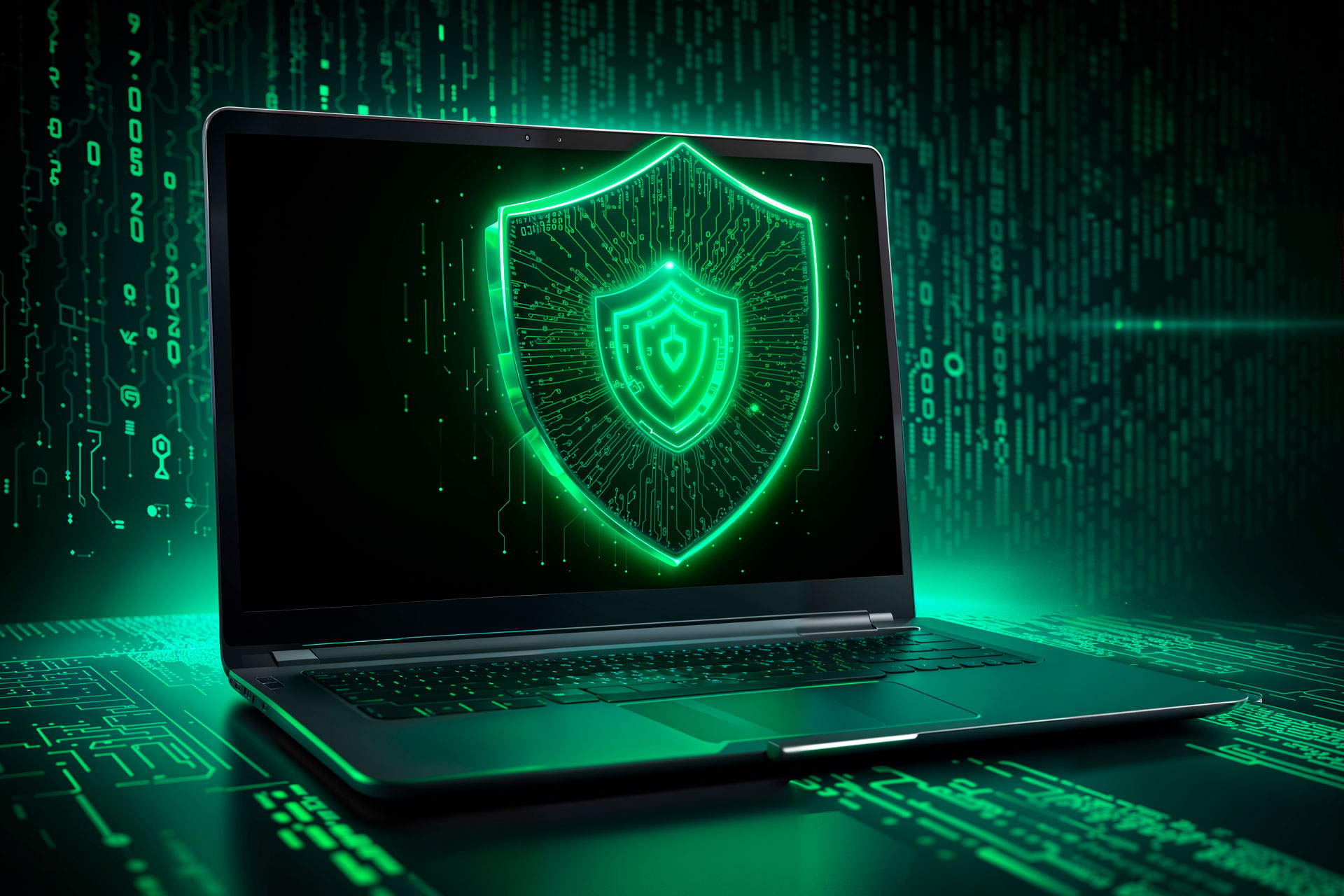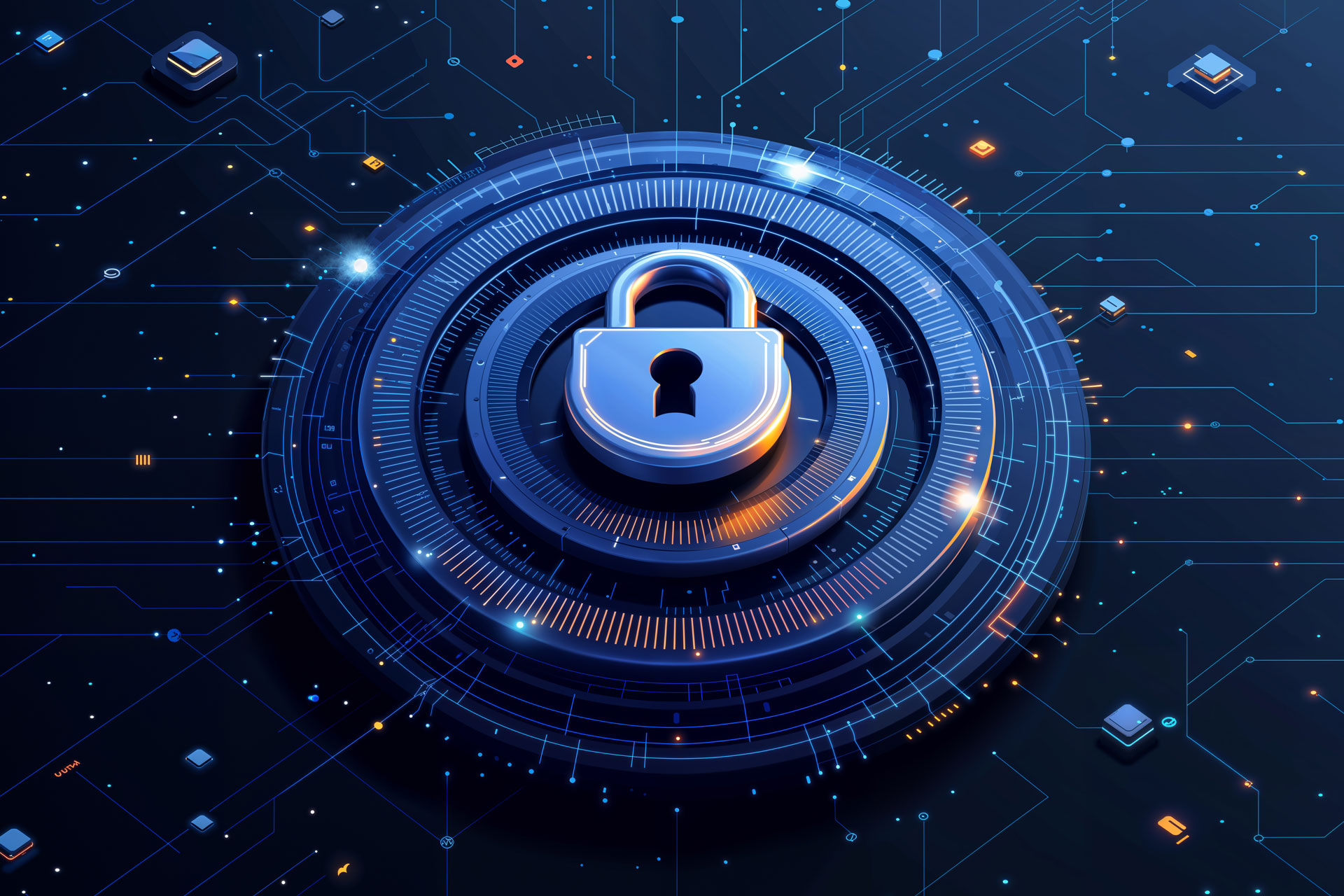-
Cyber Security
Cyber security can be defined as Technologies, collective methods and processes that help protect the privacy, integrity......
-
Latest Trends in Cyber Security and Defense Strateg...
In today's digital age, cybersecurity is becoming increasingly important. With technological advancements and digitalization......
-
Integration of Artificial Intelligence and Cybersecur...
In today's digital age, cybersecurity is becoming more and more complex, and traditional security measures are no longer sufficient....
Cyber security can be defined as Technologies,
collective methods and processes that help protect the privacy, integrity, and
usability of computer systems, networks, and data against cyber attacks or
un-authorized Access. The main purpose of cyber security is to protect all
corporate assests against internal, external threats as well as setbacks caused
by acts of god.
Corporate assets are formed of multiple different
systems, which is why having and effective and efficient cyber security set-up
requires all IT systems’ coordinated efforts put together. The sub fields of
cyber security are as follows.
- Application
Security
Application Security is applying various security measures against multiple threats towards all the the softwares and services offered by a company. For example, minimizing all unauthorized access or changes to applications, designing reliable application structure, writing secure code and having strong data entry approval approaches along with threat modeling are some of the processes that could be included in this sub field.
- Identity
management and Data security
Identity management is comprised of all frames, processes and actions that allow for individuals within a company to get the correct authorization, and id approval. Data security, is the application of strong info storage mechanisms that help secure the integrity of pending, and transferred data.
- Network
Security
Network security is using hardware and software mechanisms to ensure that the network and infrastructure is safe from unauthorized access, malicious intent, and outages. Effective network security applications help in protecting corporate assets from multiple internal and external threats
- Mobile Security
Mobile security is the protection of mobile devices
like cell phones, laptops and tablets etc and the protection of personal and
corporate information against various threats like unauthorized access, theft
or misplacement, malicious intent etc.
- Cloud Security
Cloud security is designing secure cloud structures and applications for companies that use the services offered by AWS, Google, Azure, Rackspace etc. An effective structure and environment configuration helps protect the company against various threats.
- Emergency
situations and Work Security
Processes, warning systems, tracking systems and plans
that help the company start up their systems, help keep critical work systems
online and recover lost operations after the event of a disaster.
- User Training
Providing official training to individuals about
computer security, is essential for increasing awareness when it comes to
following the best applications in the industry, corporate procedures and
policies and tracking malicious actions and reporting.
Importance of Cyber security and Challenges
Considering the rapidly developing technological
environment and multiple industries like finance, governmental, military,
retail, hospital, education, energy starting to adapt to software usage, more
and more information is becoming digital, wireless, and accessible. All this
highly sensitive data is quite valuable to criminals and people with bad
intentions. This is why protecting data with a strong cyber security measure
and process is vital.
As the trend suggests, the frequency of cyber attacks
are not showing signs of going down. Both big and small scale companies are
always the target of assailants with the intent of stealing sensitive
information or crippling the services they offer.
The same technological environment that is developing
also brings forth challenges in the application of an effective cyber security
method. When a software is updated it is constantly changing, this brings with
it new problems and potential security weaknesses and makes the software
susceptible to various cyber attacks. Also with many companies integrating
their internal systems to the cloud the IT infrastructure is developing as well
which brings with it a new security liability category and a series of design
and application problems. Companies are not aware of the multiple risks in
their IT infrastructure which is why they don’t take any cyber security
measures before it’s too late.

What is a Cyber Attack?
A cyber attack is an intentional action carried out by
internal, external threats or other hostiles that aims to jeopardize, exploit
an individual or a companies IT systems’ security, integrity and usability.
Cyber assailants use illegal tools, approaches and methods in order to get
unauthorized access and cause harm and setbacks to computers, devices,
networks, applications, and databases.
There are many kinds of cyber attacks and the list below highlights some of the more important ones used by assailants.
· Malware
· Ransomware
· Injection
attacks ( i.e, creating a command file between sites, SQL injection, command
injections)
· Session
management and man-in-the-middle attacks.
· DDOS
· Elevation of
Privilage
· Unpatched/sensitive
software
· Remote code
execution
· Brute Force
What is the difference between a cyber-attack and security breach?
A cyber attack is not necessarily the same thing as a
breach. As mentioned above, a cyber attack is an attempt to jeopardize the
security of a system. Assailants use various methods like the ones listed above and try to exploit the networks
security, integrity or usability. On the other hand, a security breach is a
successful event in which the system recognizes that a malicious attempt is
being made and either shuts down the entire process to prevent the assailant or
applies some other method.
Assailants know that one of their attack attempts will
end up in a security breach therefore they constantly try to attack their
targets with multiple cyber attacks. This is why alongside security breaches,
an essential part of a foolproof cybersecurity system is BC-IR ( Business
continuum and incident management ). In the event of a successful cyber attack
BC-IR helps a company. The BC side tends to keeping the critical business
systems online while IR responds to a security breach and mitigates its effect
and helps in recovering the IT and business systems.

Top 11 Cyber Security Applications to Prevent a Breach:
1. Cyber security and awareness training
If the employees do not get cyber security, company policies and incident reporting trainings, a strong cyber security strategy will not be successful. Even the best technical defenses will be ineffective if the employees are not involved or are intentionally acting maliciously towards the company which could lead to a very costly breach. Seminars, classes, online courses can be used to train employees about company policies and create awareness about the best security applications which would help limit any potential security negligence or breaches.
2. Conduct risk assessments
Companies should conduct an official risk assessment in order to determine all the valuables in the firm and prioritize which assets would potentially cause the most harm when jeopardized. This will help companies decide how to allocate resources to secure each valuable asset in the company in the most effective way.
3. Provide security gap management and software
patch/update management
It is crucial for corporate IT teams to determine,
categorize, improve and mitigate all threats towards the software and networks
in the company. Also occasionally security researchers and hostiles sometimes
find out new security gaps in certain softwares. They can gather this data from
sources like reports made to software providers or public reports and they can
then exploit these gaps. Software providers release patches that patch these
gaps and mitigate the risks periodically. This is why it is very important to
make sure that the IT systems are up to date, ensuring this would help in
keeping corporate assets safe.
4. Use POLP (principle of least privilege)
POLP ensures that both the software and the employee only use the bare minimum required authorizations to carry out the tasks they need to do. This would help in mitigating the effects of a successful breach because limited level access like this would keep the high value assets safe. Also for upper level account holders that have infinite access and authority, having a two factor id approval should be used.
5.Make mandatory secure password and principles
Companies should implement having mandatory strong password usages as recommended by the industry for all employees. Also, these passwords should be changed periodically to help protect against breached passwords. Also when it comes to hash salting and using strong karma algorithms , companies need to keep track of the best applications in the industry.
6. Have a sturdy BC-IR ( Business continuum and
incident management ) plan
Having a sturdy BC-IR plan and policies would not only help a company keep their critical business systems online against cyber attacks but would also help in responding in the most effective way against security breaches.
7.Conduct periodic security inspections
Having periodic security inspections would help in determining potential security problems early and in a safe environment. Security inspections consist of application and network penetration tests, source code inspections, architectural design inspection, red team assessments etc. When a security gap is discovered, companies should prioritize and mitigate these as soon as possible.
8.Back up
9. Use encryption for pending and transferring data
All sensitive information should be stored with strong encryption algorithms and then transferred. Encrypting data provides anonymity. Effective key management and rotation policies should also be implemented. All web applications/software should use SSL/TLS.
10. Design software and networks with security in mind.
While designing apps, coding, designing webs always
keep security in mind. Remember that it is more costly to add security measures
or to re-organize a software later on than it is to start the process with
security in mind. A secure app will help mitigate threats and even in the event
that networks/software fail, it would fail in a secure manner.
11. Use industry standards and strong input
authentication in secure coding.
Strong input authentication is generally the first
line of defense against various injection attacks. Software and applications
are designed in a way that would accept the user input that would make them
susceptible to attack. This is where having a strong authentication helps, and
it filters the malicious inputs from the other ones. Also it helps against many
of the security gaps as mentioned in OWASP and CVE as well so these secure
coding standards should definitely be implemented into the coding process.



